Description
The instruction for medical use of Traneksam Torgovoye medicine a name Traneksam Mezhdunarodnoye the unlicensed name Traneksamovaya acid the Dosage form of the Tablet, film coated, 250 mg and 500 mg Structure One tablet contains active agent – acid traneksamovy – 250 or 500 mg, excipients: kernel: cellulose microcrystalline, hypro rod (E 463), sodium carboxymethylstarch, talc, silicon dioxide colloidal, calcium stearate (E 572), cover: gipromelloza (E 464), titan dioxide (E 171), talc, macrogoal. The description of the Tablet of round shape, with a biconvex surface, film coated white color (for a dosage of 250 mg). Tablets of oblong shape, with a biconvex surface, film coated white color (for a dosage of 500 mg). On cross section – color, white or white with a creamy or grayish shade. Pharmacotherapeutic group the Drugs influencing a hemopoiesis and blood. Haemo statics. Amino acids. Traneksamovy acid the ATX B02AA02 Code the Pharmacological Pharmacokinetics Absorption properties at oral administration of doses in the range of 0.5-2 g – 30-50%. Time of approach of the maximum concentration at intake 0.5, 1i2g-3ch, the maximum concentration – 5, 8 and 15 mkg/ml respectively. Communication with proteins of plasma (plasminogen) less than 3%. It is distributed in fabrics rather evenly (except for cerebrospinal fluid where concentration makes 1/10 from plasma). Gets through a placental barrier, into breast milk (about 1% of concentration in mother’s plasma). It is found in semen where reduces fibrinolytic activity, but does not influence migration of spermatozoa. The initial volume of distribution is 9-12 l. Anti-fibrinolytic concentration in various fabrics remains 17 h, in plasma – up to 7-8 h. An insignificant part is metabolized. Curve concentration time has the three-phase form with elimination half-life in a final phase – 3 h. The general renal clearance is equal plasma (7 l/h). It is removed by kidneys (the main way – glomerular filtration) – more than 95% in not changed look during the first 12 h. 2 metabolites of traneksamovy acid are identified: N-acetylized and dezaminirovanny derivative. At impaired renal function there is a risk of cumulation of traneksamovy acid. The pharmacodynamics of Traneksamovaya acid – anti-fibrinolytic means, specifically inhibits activation of plasminogen and its transformation into fibrinolysin (plasmin). Possesses local and systemic haemo static action in the bleedings connected with increase in a fibrinolysis (pathology of thrombocytes, menorrhagias). Traneksamovy acid also suppresses formation of the kinin and other active peptides participating in allergic and inflammatory reactions. Indications Short-term treatment of the bleedings connected with the raised fibrinolysis at the following morbid conditions: – prostatectomy, surgeries on a bladder – a menorrhagia – nasal bleeding – conization of a neck of the uterus – a traumatic hyphema (hemorrhage in an anterior chamber of an eye) – a hereditary Quincke’s disease – treatment of bleedings at patients with hemophilia which are exposed to small surgery (including, extraction of tooth) the Route of administration and doses Inside, irrespective of meal. Short-term treatment of the bleedings caused by the raised fibrinolysis: the recommended standard dose of traneksamovy acid makes 15-25 mg/kg of body weight, on average 1000-1500 mg 2-3 times a day. At prostatectomy and surgeries on a bladder: 1000 mg for 6 h before operation, then on 1000 mg of 3-4 times a day before disappearance of a gross hematuria. Drug use after surgery is not recommended more than 2 weeks. At a menorrhagia: the recommended dose makes 1000 mg 3 times a day before the termination of a menorrhagia, but no more than 4 days. In profuse bleeding the dose of drug can be increased, at the same time the general daily dose should not exceed 4000 mg. Treatment by traneksamovy acid should not be begun before developing of menstrual bleeding. In clinical trials traneksamovy acid was not applied more than three menstrual cycles in a row. In recurrent nasal bleedings: on 1000 mg 3 times a day within 7 days. After operation of conization of a neck of the uterus: on 1500 mg 3 times a day within 12 days after operation. At a traumatic hyphema: on 1000-1500 mg 3 times a day (target dose of 25 mg/kg of body weight) within 7 days. Treatment of bleedings at patients with hemophilia which are exposed to small surgery (including, extraction of tooth): drug is appointed inside in a dose of 25 mg/kg of body weight, on 1000-1500 mg by 3 times a day, each 8 hours. In a hereditary Quincke’s disease: on 1000-1500 mg 2-3 times a day. If the patient can expect exacerbation of a disease, the drug can be taken with breaks depending on existence of prodromal symptoms. A renal failure At patients with easy and moderate disturbance of secretory function of kidneys the dose adjustment and frequency rates of intake of traneksamovy acid is necessary: Concentration of creatinine in blood serum the Glomerular Filtration Rate (GFR) the Dose of traneksamovy acid Frequency rate of reception of 120-249 µmol/l (1.36-2.82 mg/dl) of 60-89 ml/min. / 1,73м2 15 mg/kg of body weight 2 times in day of 250-500 µmol/l (2.83-5.66 mg/dl) of 30-59 ml/min. / 1,73м2 15 mg/kg of body weight of 1 times a day the Abnormal liver function with an abnormal liver function dose adjustment is not required From patients. Advanced age in the absence of a renal failure dose adjustment is not required From elderly patients. Children’s age Data concerning efficiency and safety of use of drugs of traneksamovy acid for children are limited. At children traneksamovy acid is appointed at the rate of 25 mg/kg of body weight. Side effects Often (from & gt, 1/100 to ≤ 1/10) – nausea, vomiting, diarrhea (symptoms pass at a dose decline) Seldom (from & gt, 1/10000 to ≤ 1/1000) – skin allergic reactions, including allergic dermatitis – disorders of vision, including disturbance of color perception, fibrinferments of vessels of a retina – tromboembolic episodes, the profound lowering of arterial pressure (usually owing to excessively fast intravenous administration, in exceptional cases – after intake) – dizziness is Very rare (& lt, 1/10000) – arterial and venous fibrinferments of various localization – reaction of hypersensitivity, including an acute anaphylaxis Frequency is unknown – an acute myocardial infarction, thrombosis of cerebral arteries, fibrinferments of carotids, a stroke, a deep vein thrombosis of legs, a pulmonary embolism, thrombosis of a renal artery with development of cortical necrosis and acute renal failure, occlusion of the aortocoronary shunt, fibrinferments of the central artery and vein of a retina – a spasm (usually at intravenous administration) Contraindications – hypersensitivity to traneksamovy acid or other components of drug – chronic kidney disease of heavy degree (glomerular filtration rate less than 30 mg/ml / 1.73м2) in connection with risk of cumulation – venous or arterial thrombosis now or in the anamnesis (a deep vein thrombosis of legs, a pulmonary embolism, thrombosis of intracranial vessels, etc.) at impossibility of simultaneous therapy by anticoagulants – a fibrinolysis owing to a consumption coagulopathy (a hypocoagulative stage of a syndrome of disseminate intravascular coagulation (IDCS)) – spasms in the anamnesis – the acquired disturbance of color sight – subarachnoidal hemorrhage (in connection with risk of developing wet brain, ischemia and heart attack of a brain) – children’s age up to 6 years (solid dosage form) Medicinal interactions the Special clinical trials devoted to studying interactions of traneksamovy acid with other medicines were not carried out. Traneksamovy acid interferes with development of pharmacological effect of fibrinolytic (thrombolytic) drugs. The combined oral contraceptives increase risk of venous tromboembolic episodes and arterial thromboses (in particular, an ischemic stroke and a myocardial infarction). Experience of use of traneksamovy acid for the women accepting the combined oral contraceptives no. As traneksamovy acid has anti-fibrinolytic effect, simultaneous use with the combined oral contraceptives can lead to additional increase in risk of trombotichesky complications. Simultaneous use of traneksamovy acid with drugs of blood-coagulation factors II, VII, IX and X in a combination (prothrombin complex) or an anti-inhibitory koagulyantny complex increases risk of developing thrombosis. Increase in risk of trombotichesky complications is possible (in particular, a myocardial infarction) at simultaneous use of traneksamovy acid with a hydrochlorothiazide, desmopressin, ampicillin-sulbaktamom, ranitidine and nitroglycerine. At the combined use with haemo static drugs the activation of a thrombogenesis is possible. The concomitant use of traneksamovy acid with anticoagulants has to be carried out under stringent control of the doctor (experience of use is limited). The special indications Hamaturia Drugs of traneksamovy acid it is necessary to use with care at the hamaturia caused by diseases of a parenchyma of kidneys as in these conditions the intravascular sedimentation of fibrin is often observed that can aggravate damage of kidneys. Besides, in cases of massive bleeding of any etiology from upper urinary tract, anti-fibrinolytic therapy increases risk of formation of clots in a renal pelvis and/or an ureter and, respectively, secondary mechanical obstruction of urinary tract and development of an anury. A hereditary Quincke’s disease At patients with a hereditary Quincke’s disease before an initiation of treatment the consultation of the ophthalmologist (determination of visual acuity, color sight, a condition of an eyeground) is necessary. In the course of treatment it is necessary the regular ophthalmologic inspection (including assessment of visual acuity and color perception, survey of an eyeground a slit lamp, measurement of intraocular pressure, assessment of fields of vision). When developing disorders of vision against the background of treatment by traneksamovy acid, drug needs to be cancelled. At patients with a hereditary Quincke’s disease, a long time receiving drugs of traneksamovy acid, regular laboratory control of function of a liver is necessary. Irregular menstrual bleedings Patients with irregular menstrual bleeding should not appoint traneksamovy acid before establishment of the reason of a dysmenorrhea. If the volume of menstrual bleeding inadequately decreases against the background of treatment by traneksamovy acid, it is necessary to consider the possibility of alternative treatment. Oral contraceptives It is necessary to apply with care traneksamovy acid at the women who are at the same time accepting the combined oral contraceptives in connection with the increased risk of developing thromboses. Thromboembolic events Though the conducted clinical trials did not reveal substantial increase of frequency of development of thromboses, however the risk of trombotichesky complications cannot be completely excluded. Cases of development of venous and arterial thromboses and a thrombembolia at the patients receiving traneksamovy acid are described. Besides, it was reported about cases of occlusion of the central artery of a retina and central vein of a retina. At several patients the intracranial thrombosis against the background of treatment by traneksamovy acid developed. Respectively, at patients with high risk of developing thrombosis (tromboembolic episodes in the anamnesis, thrombembolia cases at relatives, the verified diagnosis of a thrombophilia) it is necessary to apply traneksamovy acid only in urgent cases and under stringent medical control. Before use of traneksamovy acid it is necessary to perform the examination directed to identification of risk factors of tromboembolic episodes. Presence of blood in cavities, for example, in a pleural cavity, cavities of joints and urinary tract (including in a renal pelvis and in a bladder) can lead to education in them an insoluble clot owing to extravasated fibrillation which can be resistant to a physiological fibrinolysis. A syndrome of disseminate intravascular fibrillation (IDCS) At patients with the IDCS who need treatment by traneksamovy acid the therapy has to be performed under careful control of the doctor having experience of treatment of this disease. Simultaneous use with anticoagulants Due to the lack of adequate clinical trials, simultaneous use of traneksamovy acid with anticoagulants has to be carried out under careful observation of the expert having experience of treatment of disturbances of fibrillation. The disorder of vision If against the background of intake of traneksamovy acid is noted a disorder of vision, it is necessary to stop administration of drug and to see a doctor. Menorrhagias at patients are younger than 16 years of Data on efficiency and safety of use of traneksamovy acid at treatment of menorrhagias at patients are younger than 16 years insufficiently therefore drug should be used with care. Spasms Are described cases of spasms which were associated with use of traneksamovy acid. At patients to whom heart surgery was performed the spasms, in most cases, developed after intravenous administration of traneksamovy acid in high doses. Pregnancy and the period of a lactation In preclinical trials traneksamovy acid did not make teratogenic impact. Adequate and strictly controlled researches of efficiency and safety of use of drugs of traneksamovy acid for pregnant women were not conducted. Traneksamovy acid gets through a placenta and can contain in umbilical blood in the concentration close to maternal. As researches of reproductive function at animals not always allow to predict reactions at the person, traneksamovy acid should be applied during pregnancy only in urgent cases. Traneksamovy acid gets into breast milk (concentration of drug in milk makes about 1% of concentration in blood plasma of mother). Development of anti-fibrinolytic effect in the baby is improbable. Nevertheless, it is necessary to be careful at use of traneksamovy acid for nursing mothers. Features of influence of medicine on ability to drive the car or potentially dangerous mechanisms the Ability of traneksamovy acid to influence the speed of psychomotor reactions and to ability to manage transport or other mechanical means was not studied. Traneksamovy acid can cause dizziness and disorders of vision, and, respectively, can affect ability to be engaged in potentially dangerous types of activity demanding the increased concentration of attention and speed of psychomotor reactions. Overdose there Are limited data on overdose cases. It is reported about one case of overdose (intake of 37 g of traneksamovy acid). Symptoms: dizziness, a headache, nausea, vomiting, diarrhea, orthostatic symptoms (including, dizziness upon transition from horizontal to vertical position), orthostatic arterial hypotension. At predisposed patients the risk of thromboses increases. Treatment: antidote is unknown. At suspicion on overdose of traneksamovy acid the hospitalization is necessary. At assistance it is necessary to cause vomiting, then to carry out gastric lavage. Activated carbon reduces absorption of traneksamovy acid at intake during the first 1-2 h after overdose. If the patient is in unconsciousness or at swallowing disturbance activated carbon can be entered via the nazogastralny probe. Intake or parenteral administration of a large amount of liquid for strengthening of renal excretion, an artificial diuresis, control of amount of the emitted urine is recommended. In certain cases there can be justified a use of anticoagulants. The form of release and packing On 10 tablets place in blister strip packaging from a film of the polyvinylchloride and printing aluminum foil varnished. On 1, 3 (for to
an irovka of 250 mg) or 1 (for a dosage of 500 mg) planimetric packing together with the instruction for medical use in the state and Russian languages put in a pack from cardboard. To Store storage conditions at a temperature not over 30 ºС. To store out of children’s reach! 3 years not to apply a period of storage after an expiration date. Prescription status According to the prescription the Producer / Packer of CJSC Obninsk Chemical and Pharmaceutical Company, the Russian Federation the Name and the country of the owner of the registration certificate of JSC Nizhpharm, Russian Federation 603950, Nizhny Novgorod, Salganskaya St., 7 ph.: (831) 278-80-88 fax: (831) 430-72-28 e-mail: med@stada.ru the Address of the organization accepting in the territory of the Republic of Kazakhstan claims from consumers on quality of products (goods) and responsible for post-registration observation of safety of medicine Representative office of JSC Nizhpharm 050043, Republic of Kazakhstan, Almaty, mdt. Khan-Taniri, 55b
to Develop
Additional information
| Ingredient |
|---|





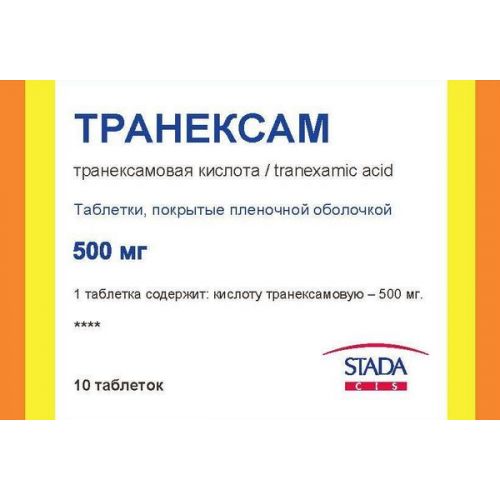
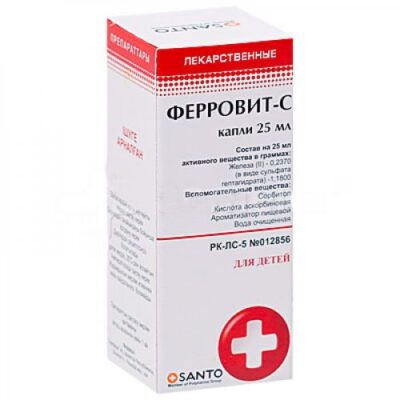
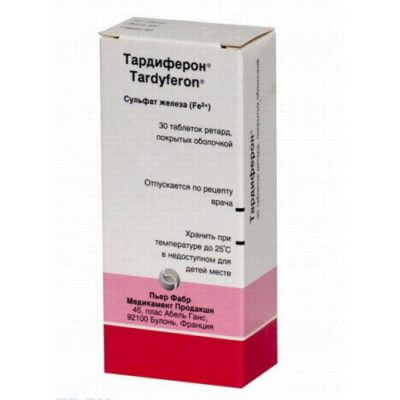
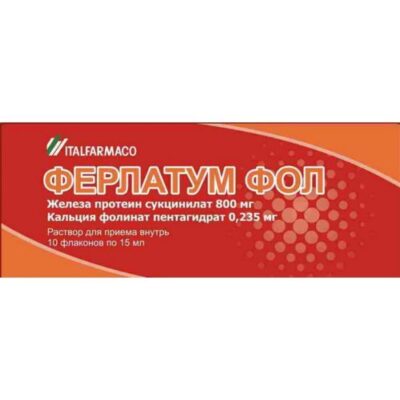
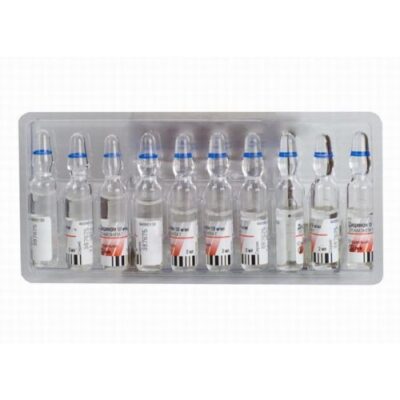
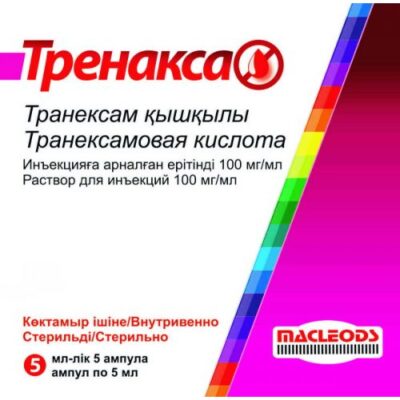

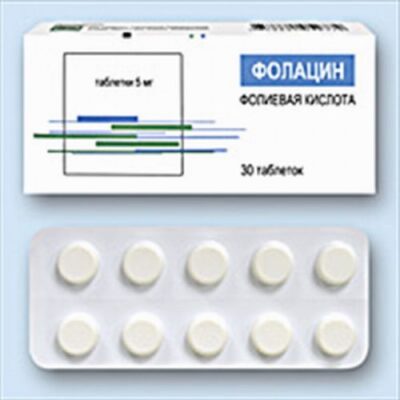
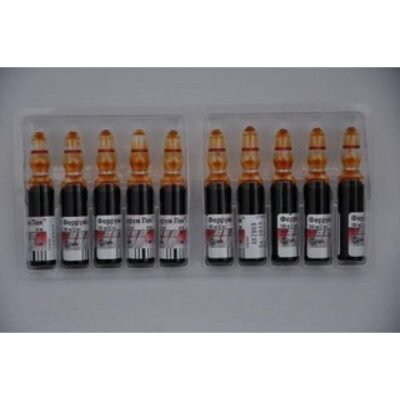
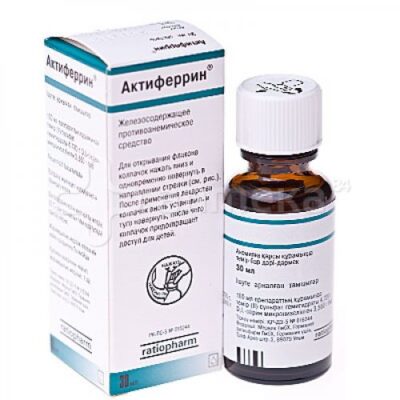
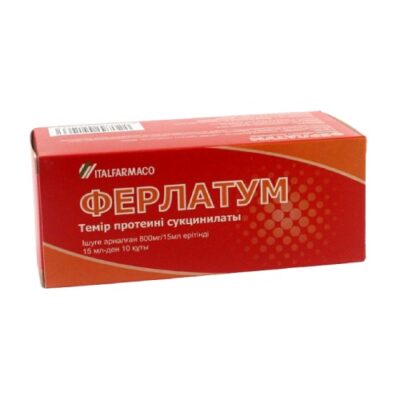






Reviews
There are no reviews yet.